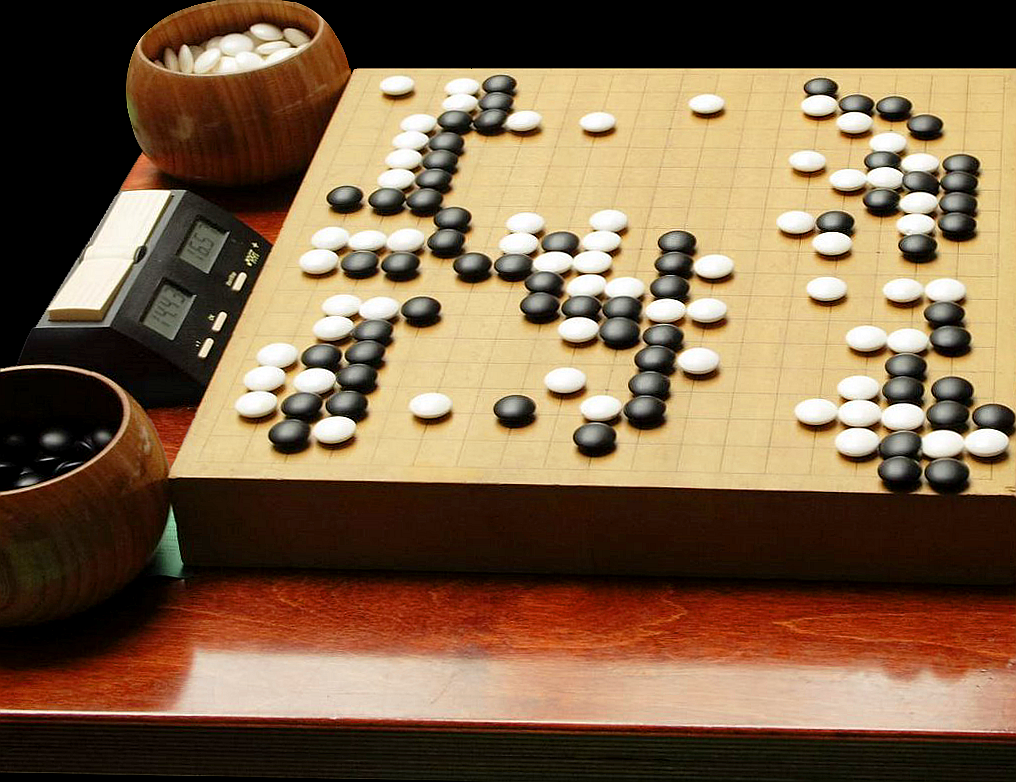|
Sakiko Odaka
is a Japanese women's professional shogi player ranked 1-dan. Promotion history Odaka's promotion history is as follows: * 3-kyū is a Japanese term used in modern martial arts as well as in tea ceremony, flower arranging, Go, shogi, academic tests and other similar activities to designate various grades, levels or degrees of proficiency or experience. In Mandarin Chin ...: June 20, 2017 * 2-kyū: February 7, 2018 * 1-kyū: October 14, 2019 * 1-dan: April 1, 2021 Note: All ranks are women's professional ranks. References External links * ShogiHubOdaka, Sakiko 2002 births Living people People from Sakura, Chiba Japanese shogi players Women's professional shogi players Professional shogi players from Chiba Prefecture {{Shogi-stub ... [...More Info...] [...Related Items...] OR: [Wikipedia] [Google] [Baidu] |
Sakura, Chiba
is a city located in Chiba Prefecture, Japan. , the city had an estimated population of 173,740 in 78,483 households and a population density of 1700 people per km2. The total area of the city is . Geography Sakura is located in northeastern Chiba Prefecture on the Shimōsa Plateau. It is situated approximately 40 kilometers northeast of Tokyo and 15 kilometers from Narita International Airport. Chiba City, the prefectural capital, lies 15 kilometers southwest of Sakura. Lake Inba forms the northern city limits. Neighboring municipalities Chiba Prefecture *Hanamigawa-ku, Chiba *Wakaba-ku, Chiba *Yotsukaidō * Yachiyo * Inzai * Yachimata *Shisui Climate Sakura has a humid subtropical climate (Köppen ''Cfa'') characterized by warm summers and cool winters with light to no snowfall. The average annual temperature in Sakura is . The average annual rainfall is with October as the wettest month. The temperatures are highest on average in August, at around , and lowest in January, ... [...More Info...] [...Related Items...] OR: [Wikipedia] [Google] [Baidu] |
Dan (rank)
The ranking system is used by many Japanese, Okinawan, Korean, and other martial art organizations to indicate the level of a person's ability within a given system. Used as a ranking system to quantify skill level in a specific domain, it was originally used at a Go school during the Edo period. It is now also used in most modern Japanese fine and martial arts. Martial arts writer Takao Nakaya claims that this dan system was first applied to martial arts in Japan by Kanō Jigorō (1860–1938), the founder of judo, in 1883, and later introduced to other East Asian countries. In the modern Japanese martial arts, holders of dan ranks often wear a black belt; those of higher rank may also wear either red-and-white or red belts depending on the style. Dan ranks are also given for strategic board games such as Go, Japanese chess ('' shōgi''), and renju, as well as for other arts such as the tea ceremony (''sadō'' or ''chadō''), flower arrangement (''ikebana''), Japanese call ... [...More Info...] [...Related Items...] OR: [Wikipedia] [Google] [Baidu] |
Professional Shogi Player
A professional shogi player (将棋棋士 ''shōgi kishi'' or プロ棋士 ''puro kishi'' "professional player") is a shogi player who is usually a member of a professional guild of shogi players. There are two categories of professional players: regular professional and women's professional. All regular professional shogi players are members of the Japan Shogi Association (JSA). However, only regular professional players, who are all male, are considered to be full-fledged members. Women's professional players belong to groups distinct from regular professional players. In Japanese, the term 棋士 ''kishi'' only refers to regular professional players to the exclusion of women's professionals, who are termed 女流棋士 ''joryū kishi.'' History During the Edo period (1603-1868), shogi followed an iemoto system centered around three families (schools): the , the and the . Titles such as Meijin were hereditary and could only be held by members of these three families. These ... [...More Info...] [...Related Items...] OR: [Wikipedia] [Google] [Baidu] |
Dan (rank)
The ranking system is used by many Japanese, Okinawan, Korean, and other martial art organizations to indicate the level of a person's ability within a given system. Used as a ranking system to quantify skill level in a specific domain, it was originally used at a Go school during the Edo period. It is now also used in most modern Japanese fine and martial arts. Martial arts writer Takao Nakaya claims that this dan system was first applied to martial arts in Japan by Kanō Jigorō (1860–1938), the founder of judo, in 1883, and later introduced to other East Asian countries. In the modern Japanese martial arts, holders of dan ranks often wear a black belt; those of higher rank may also wear either red-and-white or red belts depending on the style. Dan ranks are also given for strategic board games such as Go, Japanese chess ('' shōgi''), and renju, as well as for other arts such as the tea ceremony (''sadō'' or ''chadō''), flower arrangement (''ikebana''), Japanese call ... [...More Info...] [...Related Items...] OR: [Wikipedia] [Google] [Baidu] |
Japan Shogi Association
The , or JSA, is the primary organizing body for professional shogi in Japan. The JSA sets the professional calendar, negotiates sponsorship and media promotion deals, helps organize tournaments and title matches, publishes shogi-related materials, supervises and trains apprentice professionals as well as many other activities. History For much of its early history, shogi followed an iemoto system centered around three families (schools): the , the and the . The Meijin title was hereditary and could only be held by members of these three families. These three schools were supported by the Tokugawa shogunate and thus controlled the professional shogi world up until 1868 when the Meiji Restoration began. By the time , the eighth and last head of the Itō school and the 11th Hereditary Meijin, had died in 1893, the influence of the families had decreased to such an extent that they had no real power at all. In 1921, there were three groups of professional players in the Tokyo ar ... [...More Info...] [...Related Items...] OR: [Wikipedia] [Google] [Baidu] |
Living People
Related categories * :Year of birth missing (living people) / :Year of birth unknown * :Date of birth missing (living people) / :Date of birth unknown * :Place of birth missing (living people) / :Place of birth unknown * :Year of death missing / :Year of death unknown * :Date of death missing / :Date of death unknown * :Place of death missing / :Place of death unknown * :Missing middle or first names See also * :Dead people * :Template:L, which generates this category or death years, and birth year and sort keys. : {{DEFAULTSORT:Living people 21st-century people People by status ... [...More Info...] [...Related Items...] OR: [Wikipedia] [Google] [Baidu] |
People From Sakura, Chiba
A person ( : people) is a being that has certain capacities or attributes such as reason, morality, consciousness or self-consciousness, and being a part of a culturally established form of social relations such as kinship, ownership of property, or legal responsibility. The defining features of personhood and, consequently, what makes a person count as a person, differ widely among cultures and contexts. In addition to the question of personhood, of what makes a being count as a person to begin with, there are further questions about personal identity and self: both about what makes any particular person that particular person instead of another, and about what makes a person at one time the same person as they were or will be at another time despite any intervening changes. The plural form "people" is often used to refer to an entire nation or ethnic group (as in "a people"), and this was the original meaning of the word; it subsequently acquired its use as a plural form of ... [...More Info...] [...Related Items...] OR: [Wikipedia] [Google] [Baidu] |
Japanese Shogi Players
Japanese may refer to: * Something from or related to Japan, an island country in East Asia * Japanese language, spoken mainly in Japan * Japanese people, the ethnic group that identifies with Japan through ancestry or culture ** Japanese diaspora, Japanese emigrants and their descendants around the world * Japanese citizens, nationals of Japan under Japanese nationality law ** Foreign-born Japanese, naturalized citizens of Japan * Japanese writing system, consisting of kanji and kana * Japanese cuisine, the food and food culture of Japan See also * List of Japanese people * * Japonica (other) * Japonicum * Japonicus * Japanese studies Japanese studies (Japanese: ) or Japan studies (sometimes Japanology in Europe), is a sub-field of area studies or East Asian studies involved in social sciences and humanities research on Japan. It incorporates fields such as the study of Japanese ... {{disambiguation Language and nationality disambiguation pages ... [...More Info...] [...Related Items...] OR: [Wikipedia] [Google] [Baidu] |
Women's Professional Shogi Players
A woman is an adult female human. Prior to adulthood, a female human is referred to as a girl (a female child or adolescent). The plural ''women'' is sometimes used in certain phrases such as "women's rights" to denote female humans regardless of age. Typically, women inherit a pair of X chromosomes, one from each parent, and are capable of pregnancy and giving birth from puberty until menopause. More generally, sex differentiation of the female fetus is governed by the lack of a present, or functioning, SRY-gene on either one of the respective sex chromosomes. Female anatomy is distinguished from male anatomy by the female reproductive system, which includes the ovaries, fallopian tubes, uterus, vagina, and vulva. A fully developed woman generally has a wider pelvis, broader hips, and larger breasts than an adult man. Women have significantly less facial and other body hair, have a higher body fat composition, and are on average shorter and less muscular than men. Througho ... [...More Info...] [...Related Items...] OR: [Wikipedia] [Google] [Baidu] |





_1938.jpg)
.jpg)